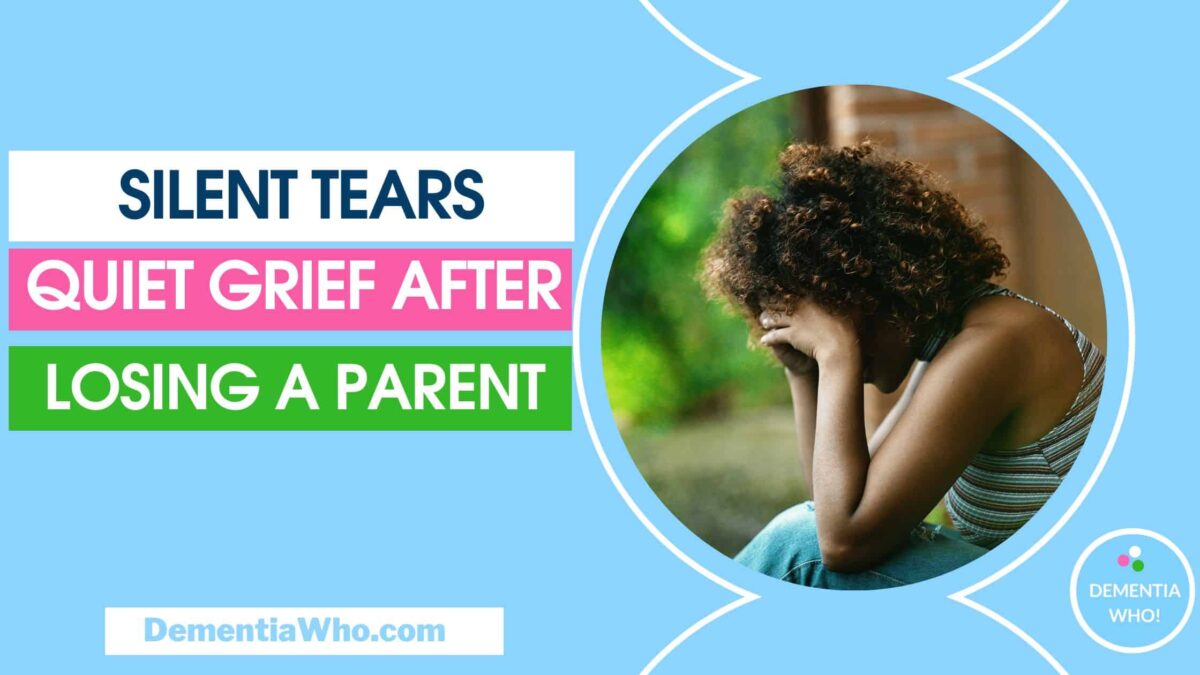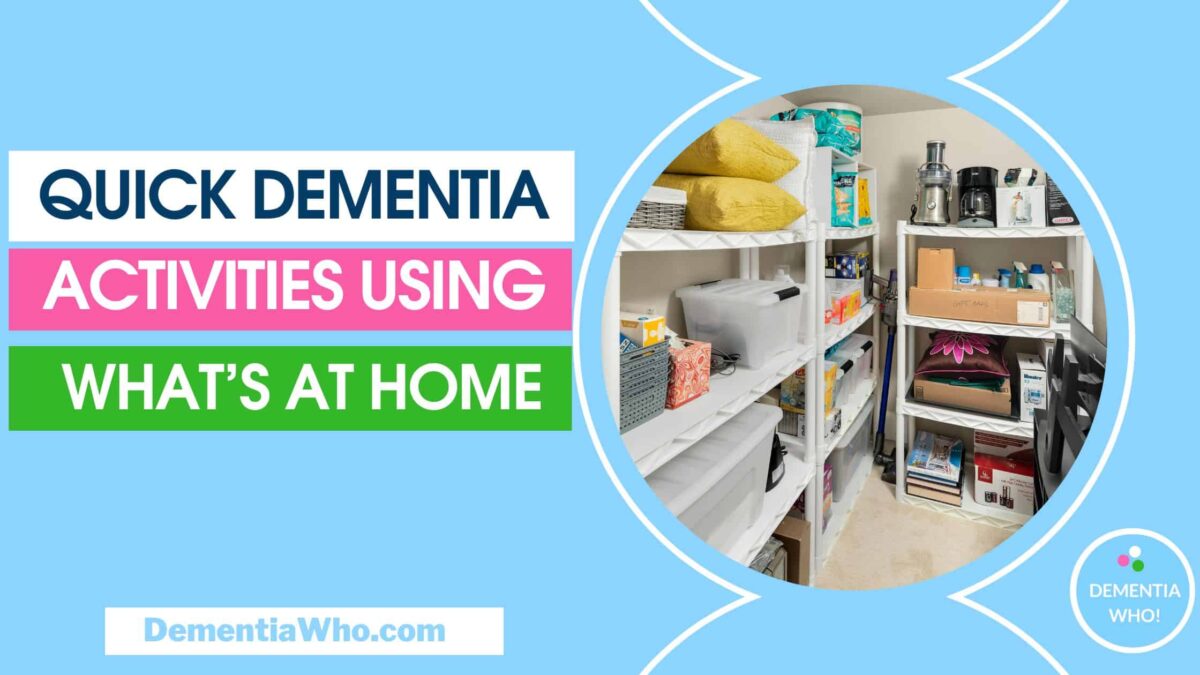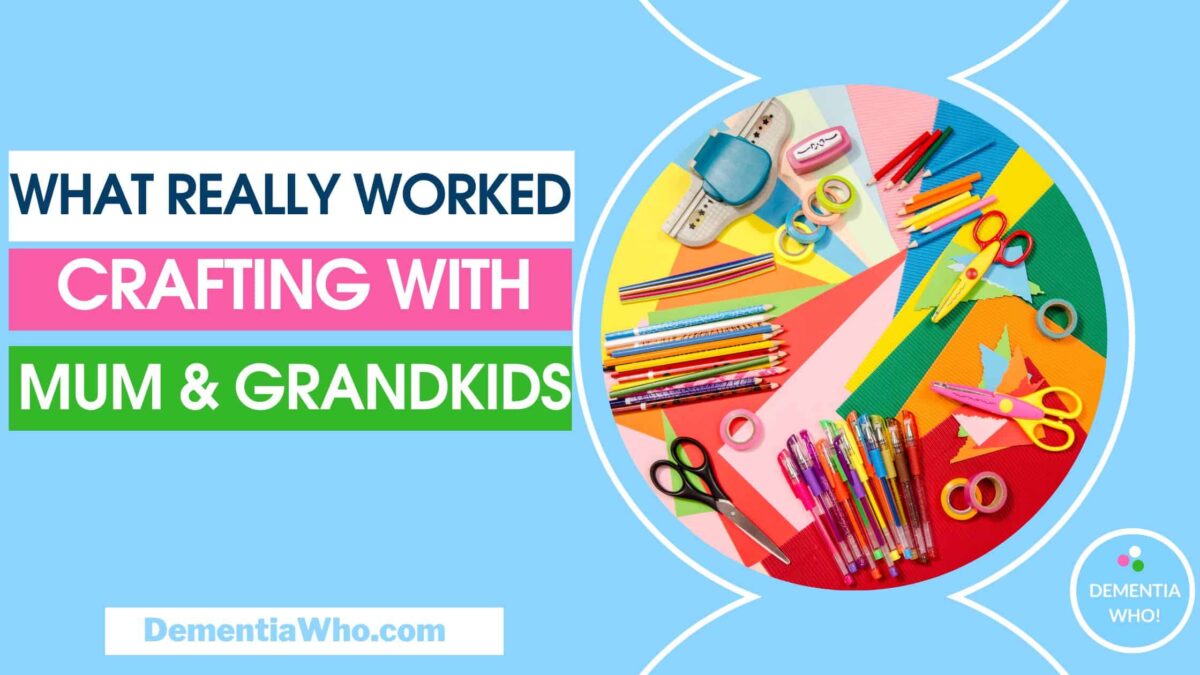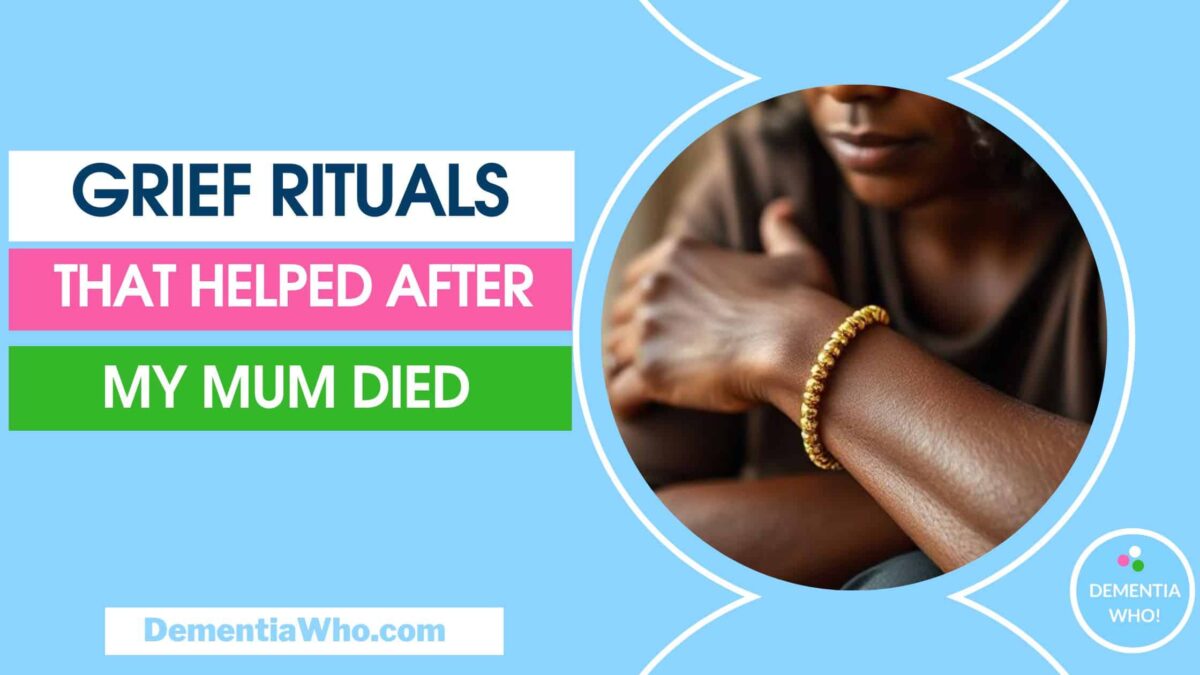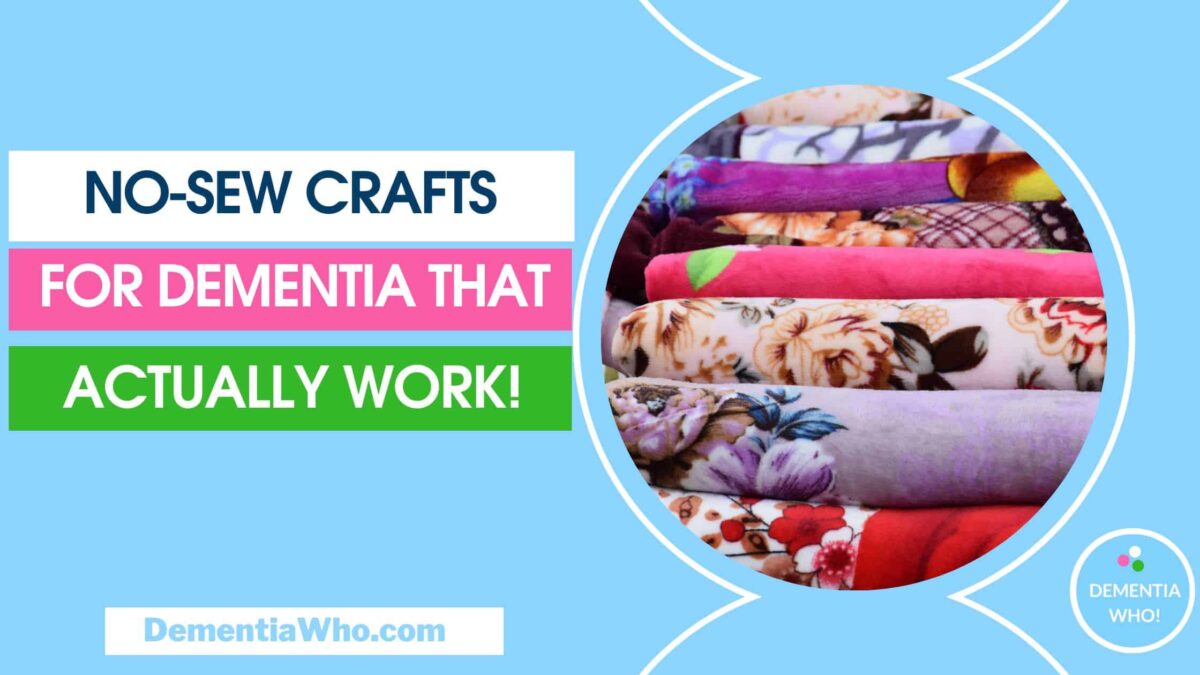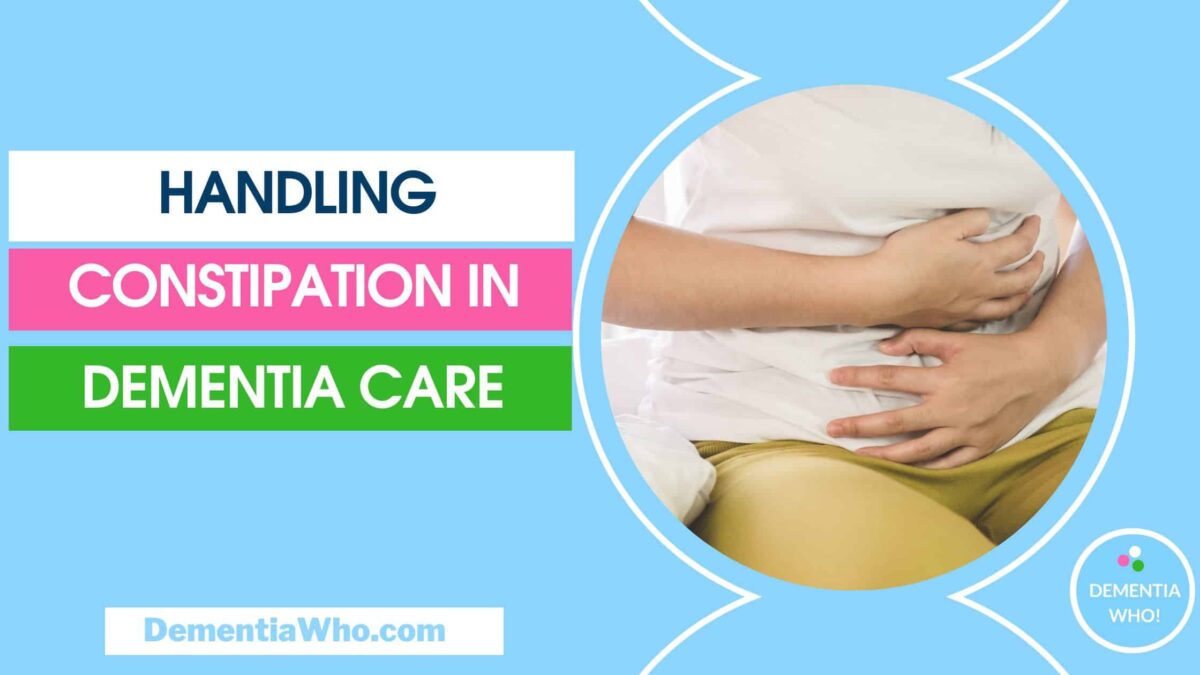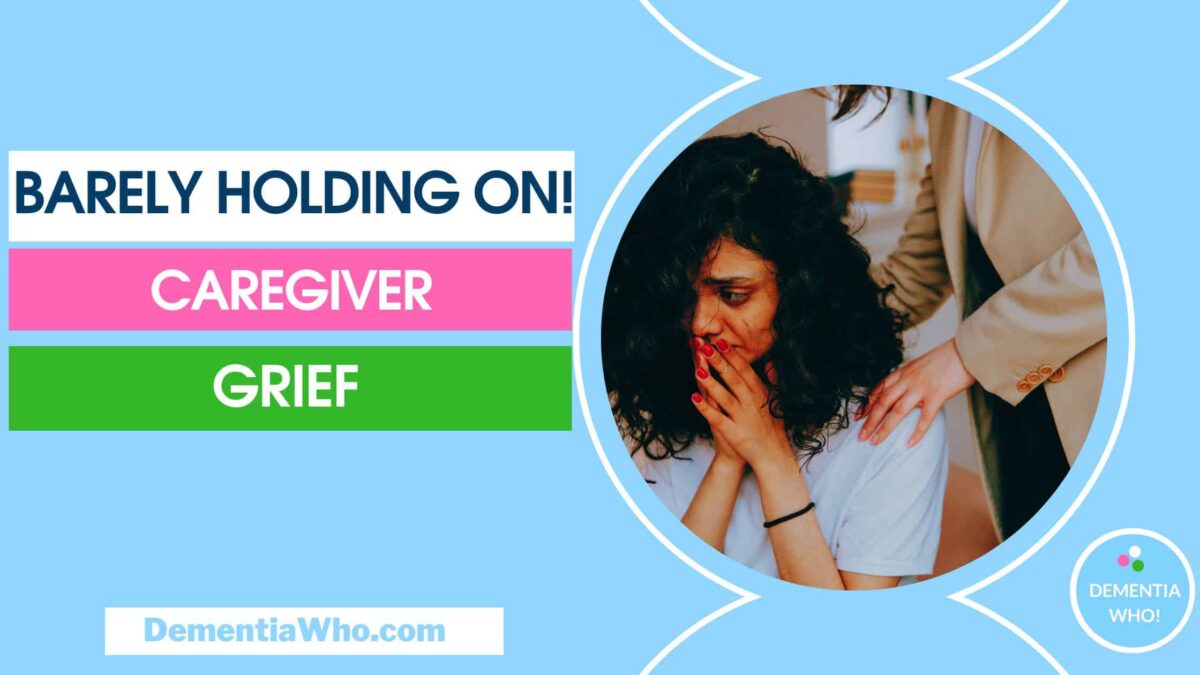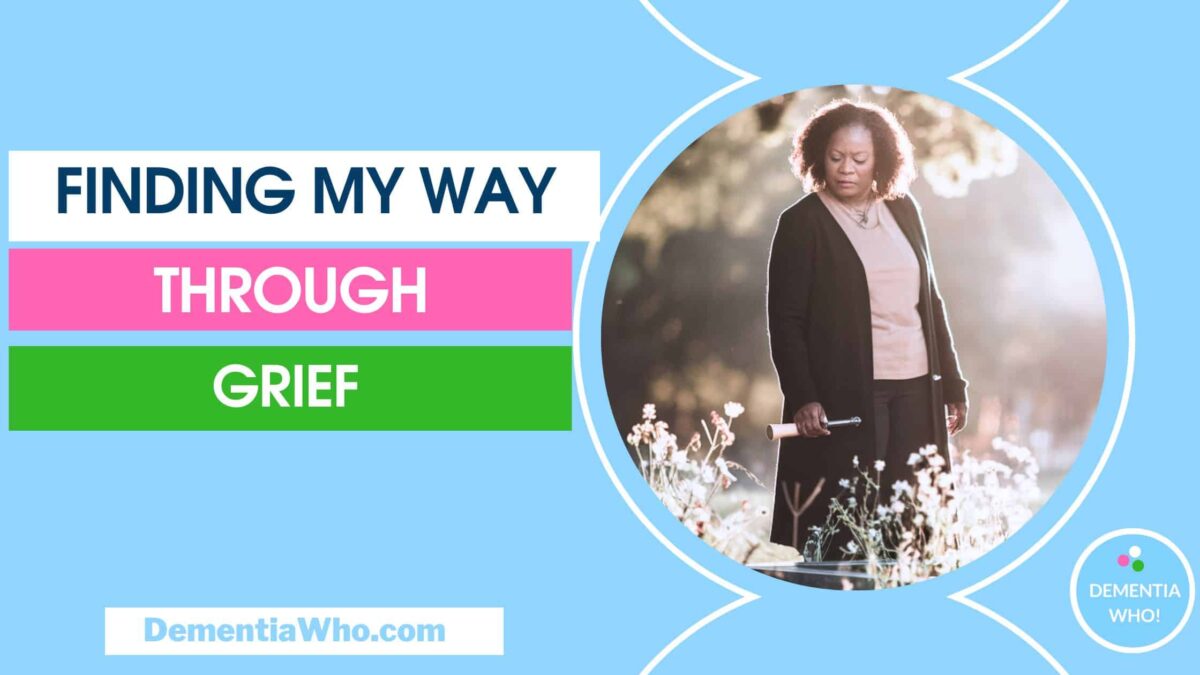Whether you’re caring for someone with limited mobility or disabled like my mum, you may be faced with issues around swollen legs, ankles & feet. It can really affect their health; causes discomfort and reduces independence by limiting mobility even further. Knowing what causes it and the different ways to reduce swollen legs and ankles for elderly & disabled is the first step to a better quality of life for our loved ones. That means consulting with your doctor, as certain medical conditions (like heart disease, kidney disease, infections etc), medications, injury, post surgery, allergies, blood clots, inflammation or more could be the cause.
I thought I’d share 8 practical and lifestyle tips that have helped after we consulted with a doctor and ruled out any possible medical conditions.
Disclaimer: This is my personal viewpoint based on my experience as a dementia caregiver. Please consult with your doctor to ensure that any steps you take are appropriate for your loved one’s specific health needs and that the leg swelling isn’t related to health condition that needs to be checked. This article isn’t medical advice or treatments. We have consulted with our doctor to rule out any health conditions, you should do the same!

8 Ways to Reduce Swollen Legs and Ankles for Elderly & Disabled
Simple changes in your daily life can help a lot with reducing legs/ankles swelling, especially for the elderly, disabled and those with limited mobility.
1. Elevate Your Legs: Simple and Effective
One easy way to lessen swelling in your legs and ankles is to put them higher than your heart. This helps improve blood flow and lets out extra fluid. Just 15-20 minutes of leg elevation a few times a day can really help. Only try this if you do not have a medical condition which advises against raising your legs. We use our recliner to lift legs to waist level and cushions to raise them a little higher. You can do this on a bed as well or a floor if mobility allows. Aids like these cushion wedges can be used on beds that allow you raise your legs higher.
2. Staying Active: Exercises to Reduce Swelling
Doing gentle exercises can also fight against swollen legs and ankles. Avoid sitting or standing for long periods of time. Simple exercises like ankle pumps can help. There’s a lot of exercises you can do in a chair or in bed! Always talk to your doctor before starting new exercises, especially if you have health issues.
3. Foods That Help or Hurt
What you eat & drink affects swollen legs and ankles too. Eating less processed or refined foods helps, avoiding alcohol, foods high in potassium like spinach, bananas, sweet potatoes, and avocados can help balance fluids and lessen swelling. Eating foods that fight inflammation or are naturally diuretic, such as omega-3 fish like salmon mackerel etc, leafy greens, celery, parsley and spices like turmeric and ginger, can help too. Always check that any major diet changes don’t affect any conditions or medications you take. For example, we couldn’t increase our leafy greens or turmeric intake suddenly because it would affect our blood thinner medication.
4. Hydration: The Surprising Role of Water in Preventing Swelling
Drinking enough water is key to avoiding swelling. Many people think too much water causes swelling, but it actually helps flush out excess fluids and prevent fluid retention. Drinking water throughout the day rather consuming large amounts in one sitting, can help your body get rid of extra fluid and any toxins in the body. We encourage mum to have small sips throughout the day, and fruits also count in hydration it isn’t just water! Watermelon is a favourite in our home.
5. Mind Your Salt Intake: Reducing Sodium to Minimize Swelling
High sodium intake is a common contributor to fluid retention, which can lead to swollen legs and ankles. By reducing the amount of salt in your diet, you can help decrease swelling and improve overall circulation. Simple changes, such as cooking with herbs and spices instead of salt, choosing low-sodium or sodium-free options, using lemon or vinegar to give sharpness can make a significant difference.
6. Maintaining a Healthy Weight
Carrying extra weight puts more strain on your lower body, making swelling worse. Keeping a healthy weight takes pressure off your legs and ankles. This improves circulation and lowers fluid buildup risk. Add regular exercise (like swimming) and a balanced diet to your life to help keep a healthy weight and reduce swelling. Easier said than done I know! Time is limited as a caregiver, so I try to meal prep or double up portions to avoid having to cook twice. I’m a big fan of meal preps that make individual items that you mix and match to make meals rather making the same meal for breakfast, lunch, dinner over several days. Here’s a series of video on meal prep for the season that mix and match prepped ingredients. For example, the summer prep is below to give you ideas.
7. Compression Socks
Compression socks like the ones you buy for long flights are great at reducing the chances of your legs or ankles swelling. They apply pressure that’s highest at the ankle, which boosts circulation and reduces swelling. Finding the right compression level and quality is key and using them daily can make a big difference. I will say that they’re not particularly comfortable and a nightmare to get on sometimes!
8. Massage Techniques for Swollen Legs and Ankles
Lymphatic drainage massage is a gentle way to help move fluid and reduce swelling. Only do this if again if you’ve no health conditions that could be impacted by it, always check with your doctor first. Gentle massage helps the lymphatic system and removes excess fluid. A professional masseur does this for us so that we can reduce swelling, and you know it works as urine output increases. Massaging your feet with oils can also reduce swelling and help fluids move better, who doesn’t love a foot massage?
Seek Medical Help
Many cases of swollen legs and ankles can be handled with lifestyle changes and home remedies. But some warning signs need quick medical help. Shortness of breath or struggling to breathe, sudden swelling of the feet and ankles with a lot of pain, redness, or warmth, fever could mean an infection or a serious condition, allergy reaction or reaction to medication can also be a sign.
If you notice any of these signs, you should call your doctor or emergency services.
Also seek help if swelling causes any skin damage or breakage from tight skin, talking to your doctor on how to reduce and manage that is important to reduce any possible infection risks.
Regular Check-ups: Staying Ahead of Potential Issues
Seeing your doctor regularly helps you catch problems early that could lead to swollen legs and ankles. They can check for any underlying issues, review your medicines, and help you with a plan. Our plan was to keep mum’s legs elevated, drink more and exercise. Talking early and getting help can make you more comfortable and mobile in the long run.
Conclusion
Swollen legs and ankles are common in older people and those with disabilities. There are many reasons why this happens. By making simple changes to your life, using aids, and taking steps to prevent it, you can help with discomfort to reduce swollen legs and ankles for elderly & disabled loved ones you care for. Hope this helps!
What do you think? Do you have any ideas to share?

